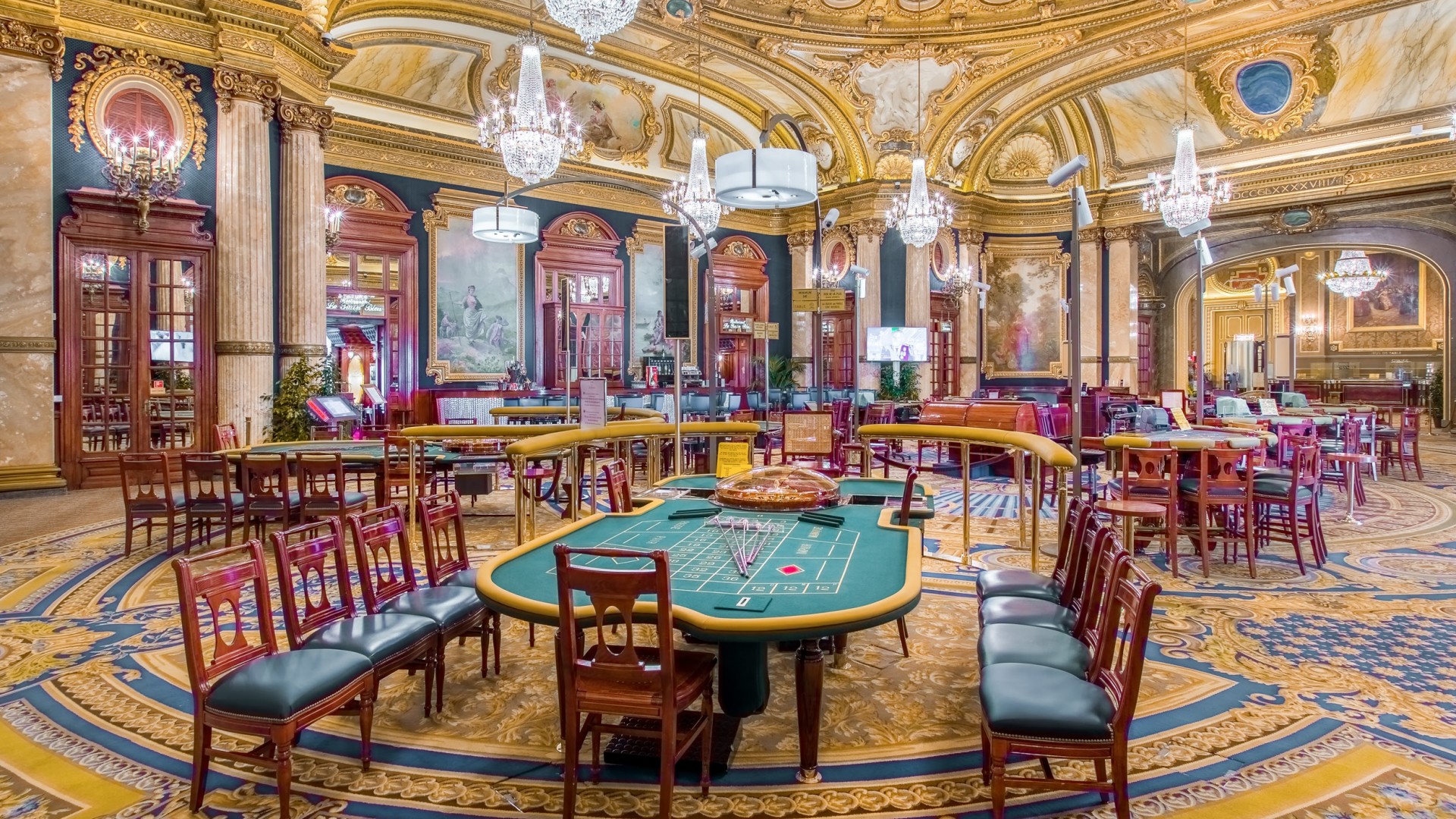Behind the Scenes: The Process of Gambling Games Created
In the shadows of the shimmering lights plus the enticing noises of rotating wheels lies an dynamic world where creativity meets mathematics: the making of games of chance. While players converge to gaming establishments seeking thrills and the possibility of striking it rich big, a huge amount of effort takes form behind the scenes to create these games they enjoy. mmlive From the initial concept to the final product that players interact with, many elements are brought together to ensure an captivating gaming experience.
Creators, engineers, and game creators collaborate to combine cutting-edge technology with enthralling gameplay features. Every aspect, from graphics and audio elements to probabilities and payouts, is meticulously designed to attract players plus keep them engaged. Understanding this complex process of the way casino games are made reveals both the technical skills required but also the creative vision that brings these immersive experiences to life.
Casino Game Design Process
The game process starts with idea generation and concept development, where creators develop ideas for new casino games. This first phase typically involves identifying potential audiences and understanding market trends. Designers take into account factors like game mechanics, themes, and payout structures to create an immersive experience. Teamwork between game designers, mathematicians, and artists is crucial to guarantee a balanced concept.
Once a concept is chosen, the next stage involves creating prototypes and testing. Designers build a working version of the game to evaluate its playability and mechanics. This allows for adjustments and refinements based on feedback from testers. nổ hũ mmlive Reiteration is key, as designers may go through multiple rounds of testing to optimize gameplay balance and user experience. This phase is essential for identifying any potential issues before the game goes into production.
After testing, the game moves into development and production. This includes the technical aspects of coding the game software, integrating graphics, and making sure compliance with gaming regulations. Quality assurance testing ensures that the game functions flawlessly across different platforms and devices. Once everything is polished, the game is prepared for launch, usually accompanied by promotional tactics to attract players and generate buzz around the latest casino game.
Technology and Advancement
The development of gambling games has evolved significantly with progress in tech. Contemporary game design often features top-notch graphics, engaging sound effects, and dynamic animations that provide a compelling experience for players. Game developers use sophisticated software tools and coding languages to develop these immersive gaming experiences. Additionally, the use of RNGs ensures equity and unpredictability in outcomes, which is essential for maintaining player trust and compliance with gaming regulations.
In recent years, the rise of online casinos has pushed the boundaries of game development even further. Developers are now able to design games that cater to a global audience, incorporating features such as live dealers and virtual reality environments. This shift has encouraged new ideas, leading to unique game mechanics and formats that enhance player engagement. Gaming on mobile devices has also become a key focus, encouraging developers to optimize games for smartphones and tablets, ensuring availability and ease of access for players on the go.
Collaboration among designers, artists, and math experts is essential in the development process. Each team brings their expertise to make sure games are not only aesthetically pleasing but also mathematically sound and enjoyable. The integration of player feedback during beta testing allows developers to refine game features and functionalities, ultimately leading to a positive launch. As technology continues to advance, the potential for innovative game concepts and experiences is unbounded, promising an enticing future for casino games.
Assessing and Quality Control
Once a slot has been designed, it enters the crucial phase of testing and quality control. This phase ensures that the game operates flawlessly and provides a just experience for users. Teams conduct comprehensive tests, including operational checks to confirm that all game features work as intended. Each aspect, from graphics to audio, is assessed to ensure high standards are met.
In addition to operational testing, the game experiences thorough compliance checks to meet regulatory requirements. Multiple jurisdictions have specific rules governing game fairness and player protection. Quality assurance teams will check that the random number generators are working correctly and that the game's payout percentages correspond with market standards. This thorough examination helps establish trust with gamblers and oversight bodies alike.
Finally, beta testing may be conducted with genuine players to collect insights on user experience. This critical insight allows developers to execute necessary adjustments before the official launch. Tackling any possible issues noted during this phase helps ensure that users will have a fluent, immersive experience when the game goes live. The commitment to excellence reflects the industry's dedication to delivering entertaining and reliable casino games.

